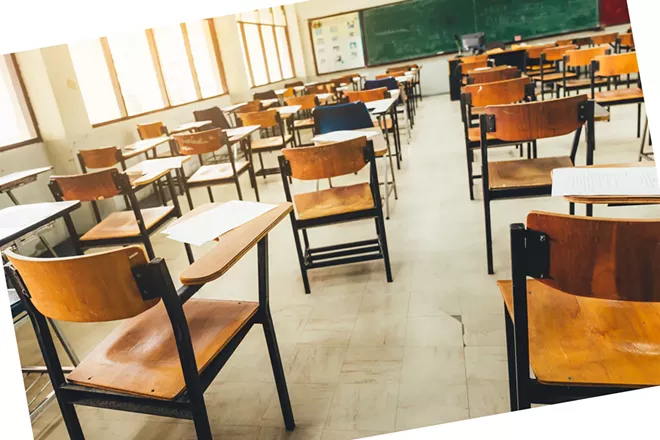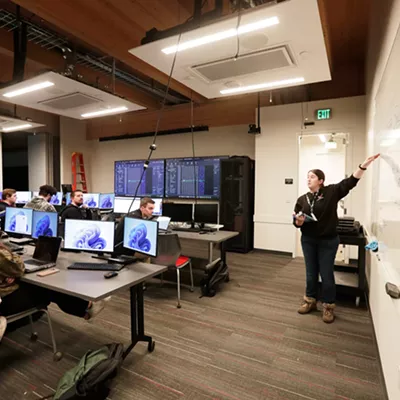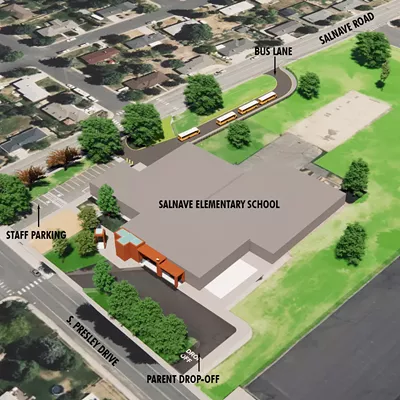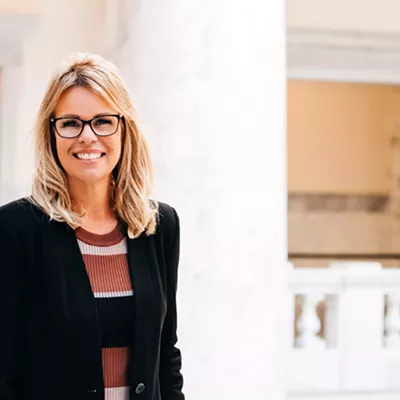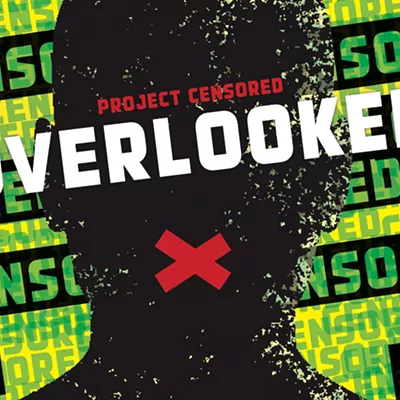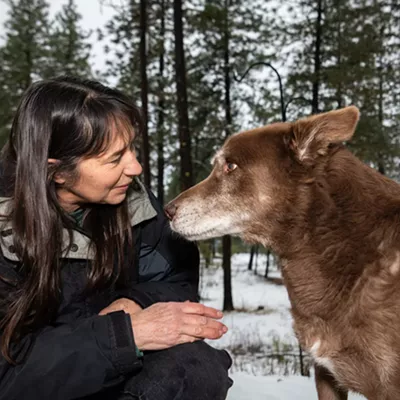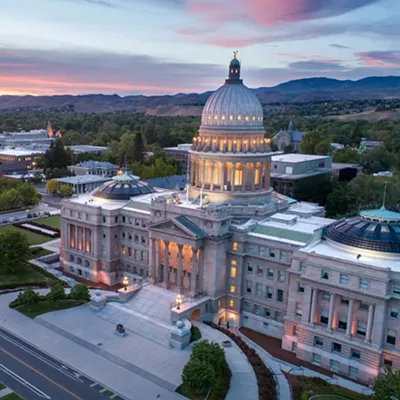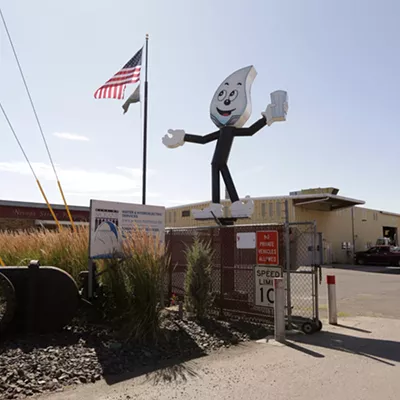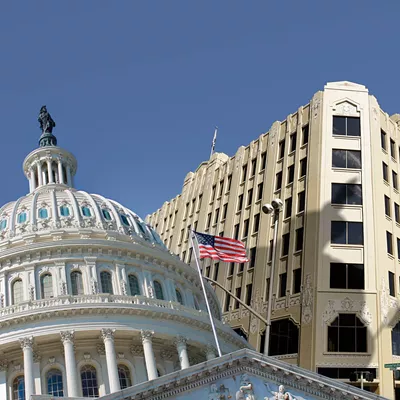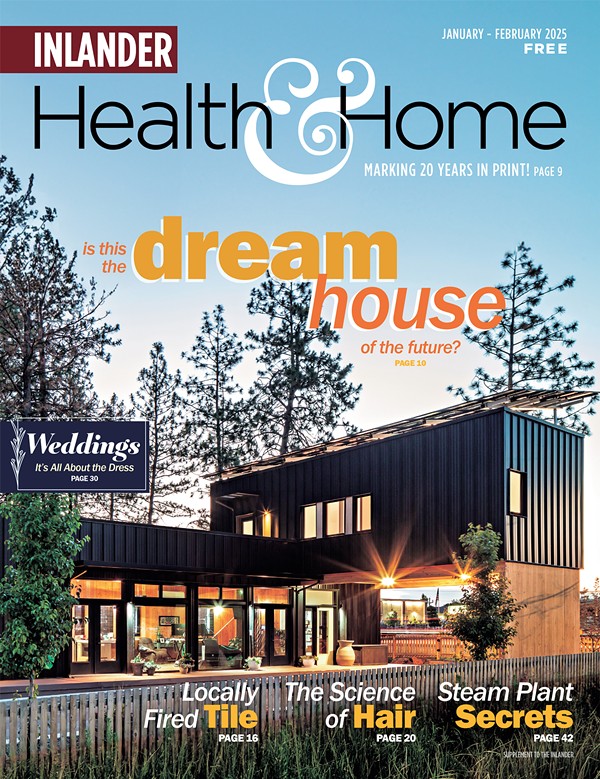Janell Harvey's son had already been having trouble in public middle school before the pandemic hit. He's a great kid, but he has dyslexia, which can make learning tough sometimes. He was on an individualized education plan. He was horrified, he told his mom, to learn that he'd been "tracked" — stuck with kids also struggling in school.
And when the pandemic hit and they were plunged into the world of online education, what engagement he had became almost impossible.
"He wasn't on Zoom," Harvey says. "He was on YouTube... he wouldn't engage. He couldn't handle the stimulation."
But for her family, it was a chance to deal with the frustration that had been building for a long time.
"COVID happened and we had an opportunity," Harvey says. "I'm like, 'We're out.'"
For the 2020-21 school year, she and another parent homeschooled, splitting tutoring costs.
"Our daughter improved two grades of math in three months," Harvey says.
And the next year, she enrolled her kids in a small fledgling private school, Grace Alliance Christian.
"That school focuses on small class sizes, focuses on good values and meets students where they're at," Harvey says, "There's that one-on-one attention. And you have teachers that can work one-on-one with students, and you can also modify the curriculum to their level."
Harvey's hardly alone. In fall 2020, Washington state lost more than 50,000 students from enrollment in public schools — an almost 5 percent drop. Nearly 2,200 were gone from Spokane Public Schools alone. The number of preschoolers and kindergartners in Spokane Public Schools fell by more than 30 percent.
This was a consequence, not just of the pandemic but of the reaction to it. When the American Enterprise Institute, a conservative think tank, looked at which districts had lost the most students during the pandemic, they found that — with a few exceptions — the states that were the most cautious about COVID, like New York, California, Oregon and Washington, lost the most students during the pandemic.
The states that opened up schools earlier and got flak for being more cavalier about COVID, like Florida, Texas and the Dakotas, suffered much less loss of student enrollment. As a whole, Idaho's enrollment numbers were some of the least affected in the nation.
Josh Westermann, director of Student & Family Services at the Mead School District, says that even after school returned to being in person, other COVID measures became a major factor for why students didn't return.
"The biggest reason really was some of the COVID restrictions. That was what we heard, over and over and over. The masking and the testing."
They got hit from both flanks: You had parents who didn't want their kids to have to deal with all the masking and other restrictions, and then you had students who were worried that attending school in-person would put their loved ones at risk.
"A lot of times I've heard that they're really fearful for their family member's lives because of the pandemic," says North Central High School Assistant Principal Jessica Everman. "They go home, and grandma has cancer. Grandma lives with them. If grandma gets it, she's not gonna make it."
North Central High School Principal Tami McCracken says the pandemic was particularly difficult for low-income students. Sometimes older students were distracted by needing to help out their younger students with school. Other times, you had a situation where four kids — all at different grade levels — were all in the same room, all trying to Zoom with different teachers at the same time.
The school committed to not giving up on those students, McCracken says.
"There were two students specifically that I could drive to their houses without even looking them up anymore because we visited them so often," McCracken says. "While the counselor and I would say we felt unsuccessful last year, those students [were] in school every day [in 2021-22]."
In the higher-income Mead School District, meanwhile, homeschooling exploded by 150 percent in fall 2020.
"They're surprised by how easy homeschooling is and how much easier there is than Zoom school," says Jen Garrison Stuber, with the Washington Homeschool Organization. "They're surprised by how much they like their kids... you end up spending all this time with your kids, and you end up helping them become better people."
The number of homeschooled students inside the boundaries of Spokane Public Schools precisely doubled from fall 2019 to fall 2020 — from 573 to 1,146 students.
And one county — Okanagan — increased its number of students by more than 50 percent in a single year, adding 2,800 students in fall 2020. To that, you can credit the flood of students into an online charter school, the for-profit Washington Virtual Academy, which is hosted by the Omak School District.
Stuber expects many of those who have now tried it to keep homeschooling, even after the pandemic completely fades away. ♦

